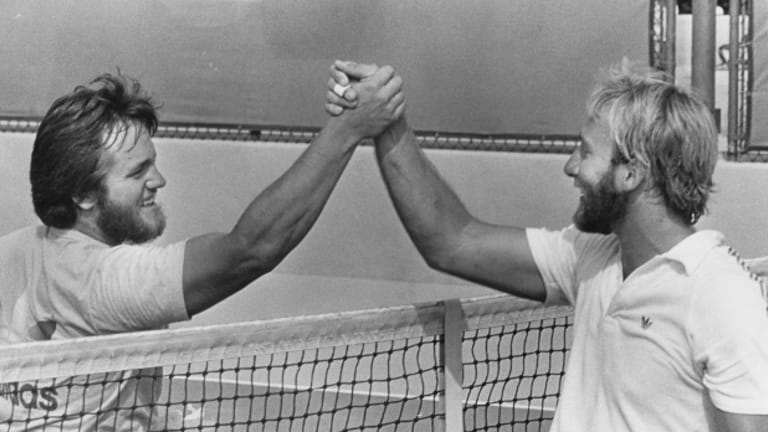In the summer of 1992, Brad Parks captured a gold medal on the world’s grandest stage. More than 5,000 spectators, draped in red, white and blue, energetically supported Parks and his doubles partner, Randy Snow, as they showcased their tennis skills on the red clay courts of Barcelona. It took place at the Paralympic Games.
Facing their French opponents, Parks and Snow swiftly maneuvered their wheelchairs across the court as they exchanged a barrage of groundstrokes and volleys. This historic match was a triumph for the pair, as they were the first-ever wheelchair tennis champions at the Paralympics.
In the ’90s, Parks wasn’t just a competitor. He was also a pioneer. A decade earlier, alongside Jeff Minnenbraker, Parks co-founded the sport of wheelchair tennis, and propelled it from a pickup game to a sport played globally.
The legacy that Parks and Snow began in the Spanish seaside city continues on Aug. 28, when 96 athletes travel to Paris for wheelchair tennis competition at this year’s Paralympic Games.


